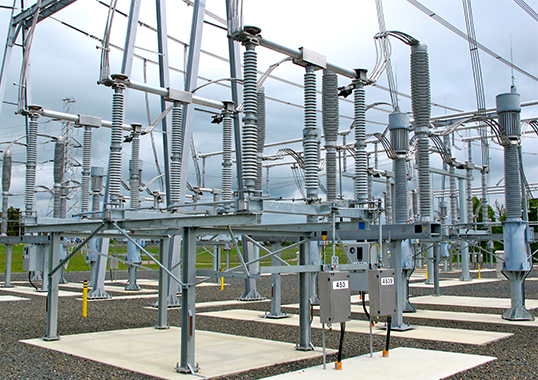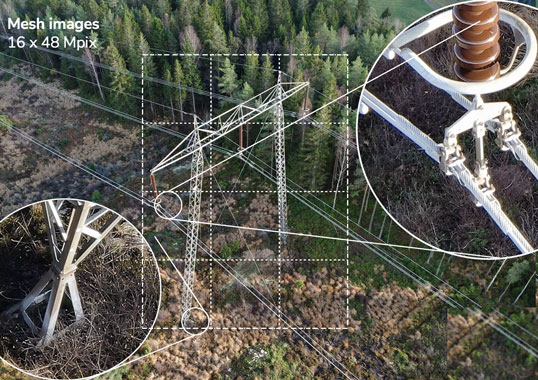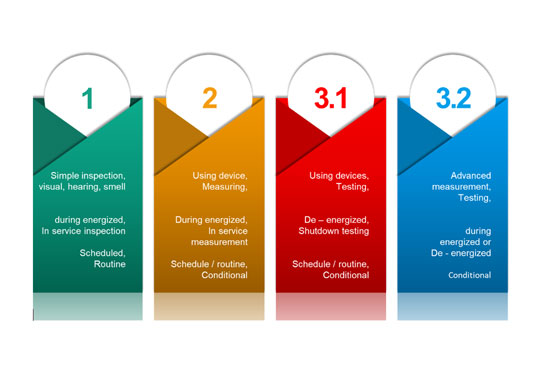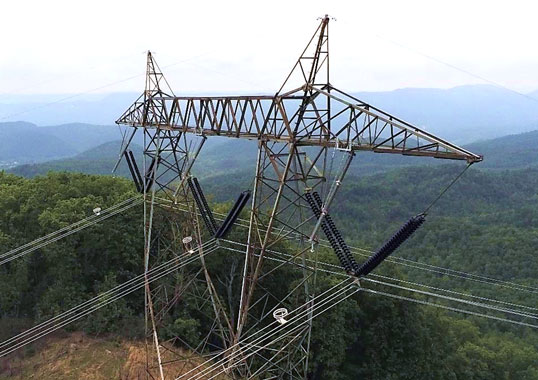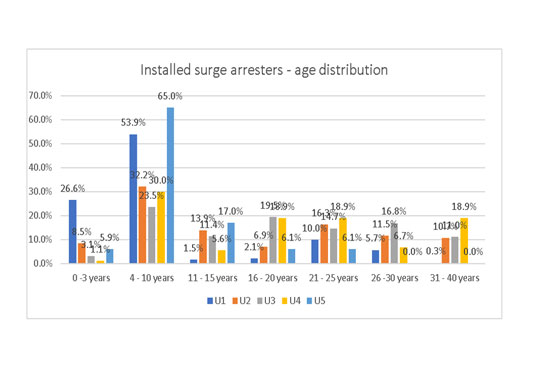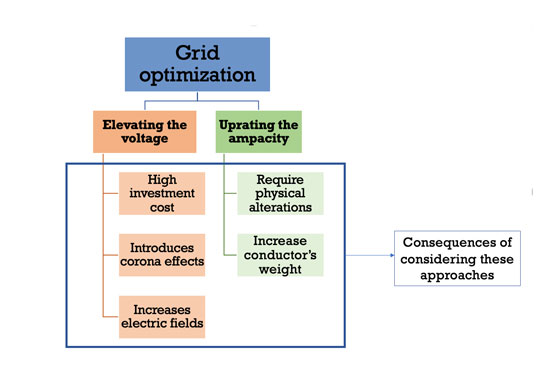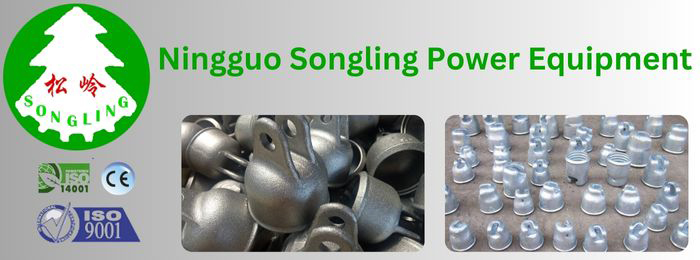Optimized Selection of Post Insulators for Disconnectors & Other Substation Applications
by Marco Nosilati
Many varieties of post insulator can be used at substations and converter stations depending on application, whether as bus supports, smoothing reactor supports, or for switchgear such as disconnectors. The diverse requirements for open-air type disconnectors can be divided into three classes: functional and electrical requirements; mechanical requirements; and environmental requirements. All these requirements link closely to insulator performance. Moreover, the general trend in design of open-air substations is being driven by the need to arrive at compact and cost-effective solutions. Selection of station post insulators can contribute to this goal by limiting arcing distances necessary for busbars, disconnectors and other station apparatus through proper design, including ideal materials, improved mechanical strength and stiffness, reduced number of stacks and intermediate flanges as well as by optimal shed profile and creepage factor. In regard to UHV, the main challenge for post insulator design relates to height, particularly if the pollution environment requires extra long creepage distances. Mechanical requirements from bending and torsion loads only increase the challenge and also increase the difficulty in manufacturing such units. This presentation provides qualitative comparison of the five main station post design options, noting that final selection from among these will in each case be influenced not only by technical performance but also by local costs and other economic factors.

